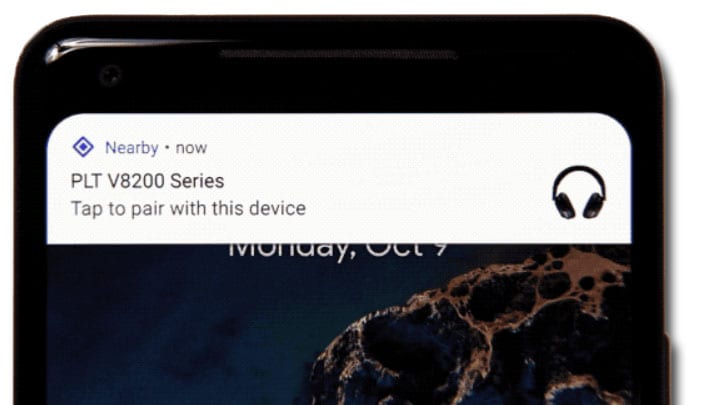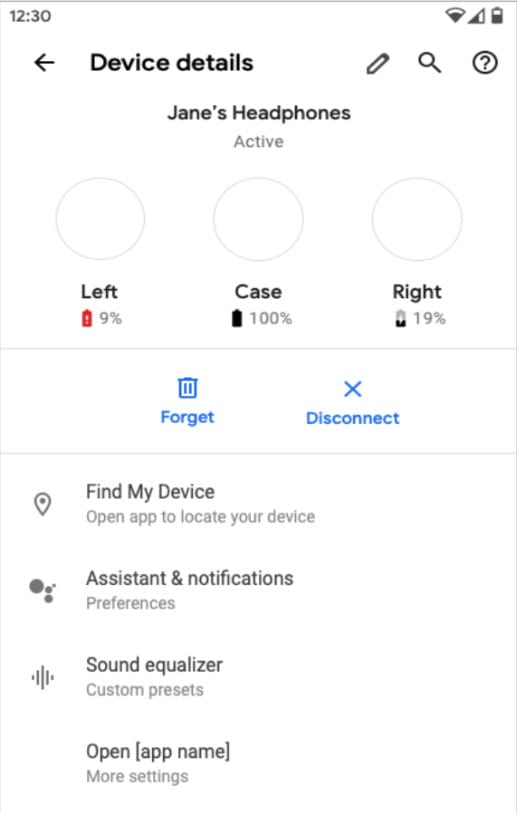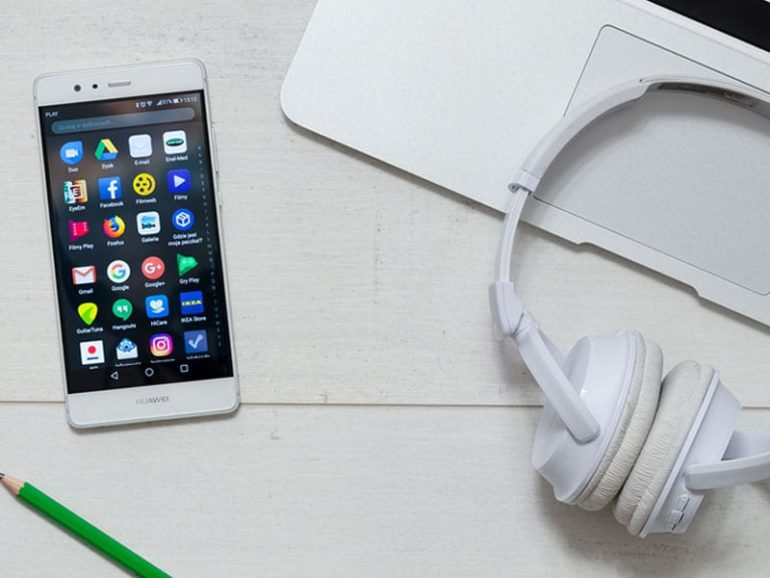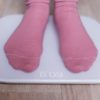Headphones are easily misplaced. After they went wireless, it became almost impossible to find them. Now, Google’s recent Fast Pair update will let you easily locate your headphones with your phone. If you’ve ever had a mini heart attack from losing your headphones, you’ll love this new feature.
What’s New in Google’s Fast Pair Update?
Google officially introduced Fast Pair to the world in 2018, and it has received positive reviews from users. Fast Pair is Google’s response to Apple’s AirPod quick-connect technology. It was initially designed to make sure the Bluetooth setup would work seamlessly on Android phones and gadgets.
With Fast Pair, your smart device will automatically recognize compatible headphones and ask to connect when are close. Then, you can connect them with a single tap.

You can auto-connect from your Android phone, tablet, or Chromebook, as long as you are signed in to your existing Google Account.
With Fast Pair’s new updates, you can also receive details about your device, including the battery life of your headphones and their carrying case. Fast Pair will show power notifications for your components, as well as their open or closed status. This information will appear on your gadget’s screen.

One of the most exciting parts of Google’s update is that Fast Pair devices will now show up in the Find My Devices app and website. This integration will make it easy for you to locate your missing headphones.
Now, you can see your headphone’s location, as well as the last time you used them. You can also un-pair or ring your headphones to locate them, but only if they are in the Bluetooth range. This means you can get their signal if you go to where they were last used. However, if you are no longer within Bluetooth range, the device will automatically un-pair. For you to maximize its function, you must keep the Bluetooth signal on at all times.
Lastly, Android 10 now has an enhanced version of the details page for your Bluetooth devices. With this, the Settings app will automatically include links to Assistant settings, so you won’t have to visit Google apps to control your headphones.

There will also be a link to the manufacturers’ unique functionality and companion apps. Doing this will prepare the device to be used the moment it is activated and maximize its full potential. Now there will be a lower risk of losing your headphones anytime soon.
What Headphones are Compatible with Fast Pair
Google has released a complete list of devices that are compatible and ready to work with the latest Fast Pair upgrade. Headphones from Cleer, LG, Libratone, JBL, Jaybird, Anker, and, of course, Google are now compatible with Fast Pair. Google will soon release more info before the year ends.
These are the official headphone models you can purchase on the market today. Remember to look up reviews of each product before rushing to buy one for yourself. Here are some of the headphones that are compatible with Fast Pair:
Anker
- (Speaker) SoundCore Flare+
- The Spirit Pro GVA
JBLCleer Ally Plus
- The Live 650BT
- Live 500BT
- Live 400BT
- And Live 220BT
LG
- HBS-PL5
- HBS-SL6S
- HBS-PL6S
- LG HBS-SL5
Tarah’s Jaybird
Cleer’s Ally Plus
Libratone’s Q Adapt On-Ear
Bose QuietComfort 35 II
Plantronics Voyager 8200
Google Pixel Buds
If you want to know more about Google’s new Pixel Buds, check out our article on the Made By Google event.
So far, people are praising the Fast Pair upgrade. Another thing to consider when you invest in smart gadgets should be its functionality and flexibility. Fast Pair can give you the security you have always wanted for your smart devices. Overall, it’s a life-changing update, especially if you’re always losing your headphones.


